Affiliate links on Android Authority may earn us a commission. Learn more.
You don't need 108MP: Here's why a 12MP camera phone is more than enough.
Until relatively recently, several big players in the industry including Apple and Google used 12MP cameras in their flagship devices. In fact, their respective mid-range smartphones still use a 12MP sensor. Considering 40 megapixels has been common for years and 108MP main sensors have also entered the market, what gives? Why has it taken so long for the big guns to put more importance on the resolution of their cameras? It’s quite simple: 12MP is the ideal resolution for smartphone sensors.
There are several reasons for this, including storage space, processing time, and low light photo quality. Video resolution and viewing devices also play into how large a camera sensor should be. And then there are indirect effects like battery life and camera app performance.
Let’s dive a little deeper into some of those areas to see why 12MP is the optimum smartphone camera resolution right now.
Related: The best camera smartphones you can buy
More pixels = more data
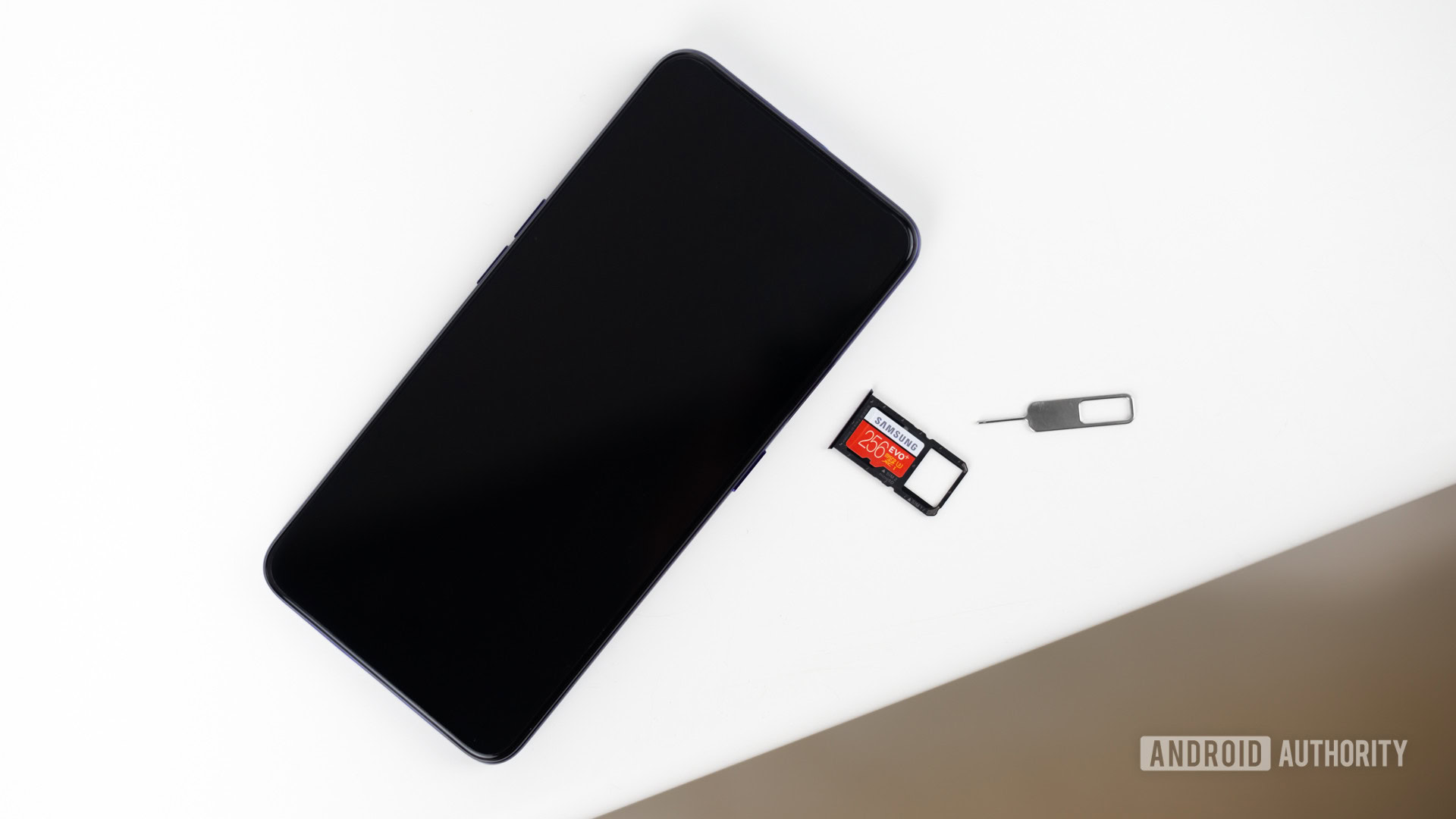
More pixels generally mean more data to process (at least for full-resolution shots), resulting in slower processing times and shorter battery life. This is especially true in more demanding scenarios like taking Night Mode photos or Portrait Mode shots, where there’s a lot more processing involved.
In fact, it’s not uncommon to find phones with 108MP modes that don’t strip away HDR, night mode, or other advanced modes. There’s simply too much data to process. To use these features, you often need to step down to the default setting (more on that later).
Not only does a higher resolution need more processing power then, but it also demands more storage and bandwidth. With fewer phones sporting a microSD card slot these days, cloud storage is an increasingly attractive backup method.
The issue is that if you’ve got a low data cap, you may have trouble uploading a bunch of snaps when not on Wi-Fi. You also end up needing to pay more for cloud storage plans if you shoot a lot of video regularly.
We view photos on sub-10MP displays
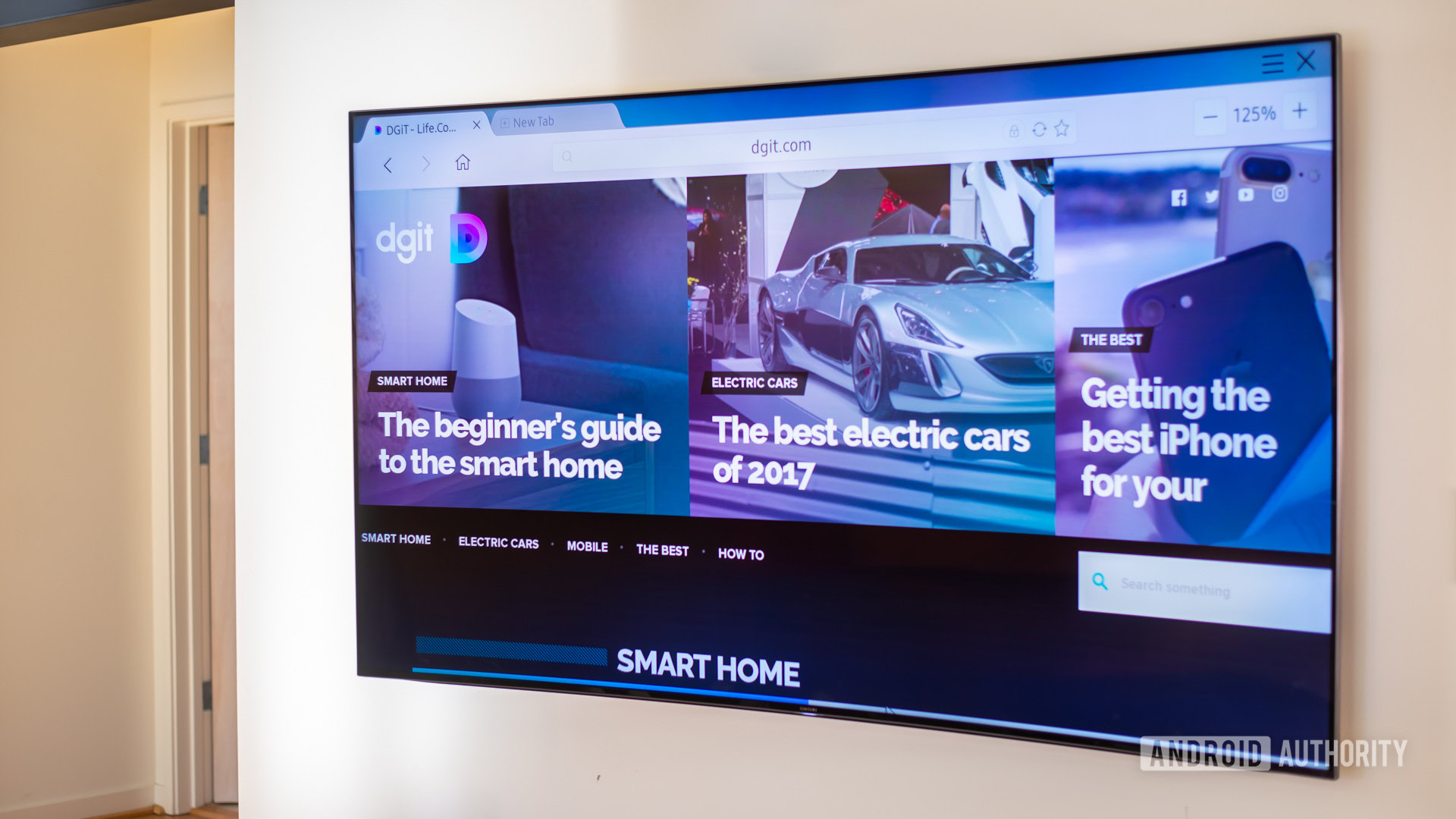
Here’s another hard truth for megapixel obsessives: Most users aren’t viewing the high-resolution images that we share from our phones on Ultra HD displays, and even if they were, that’s only an ~8.3MP canvas.
Ultra HD is still only ~8.3MP
12MP is more than enough resolution to look crisp on pretty much any display — phone displays, digital photo frames, computers, TVs, and even projectors! In fact, to get the most out of a 12MP image on an Ultra HD display, you’d need to zoom in or crop. Fun fact: many telephoto cameras from the industry’s biggest names are 12MP or below, anyway.
The most popular video resolution caps out at ~8.3MP
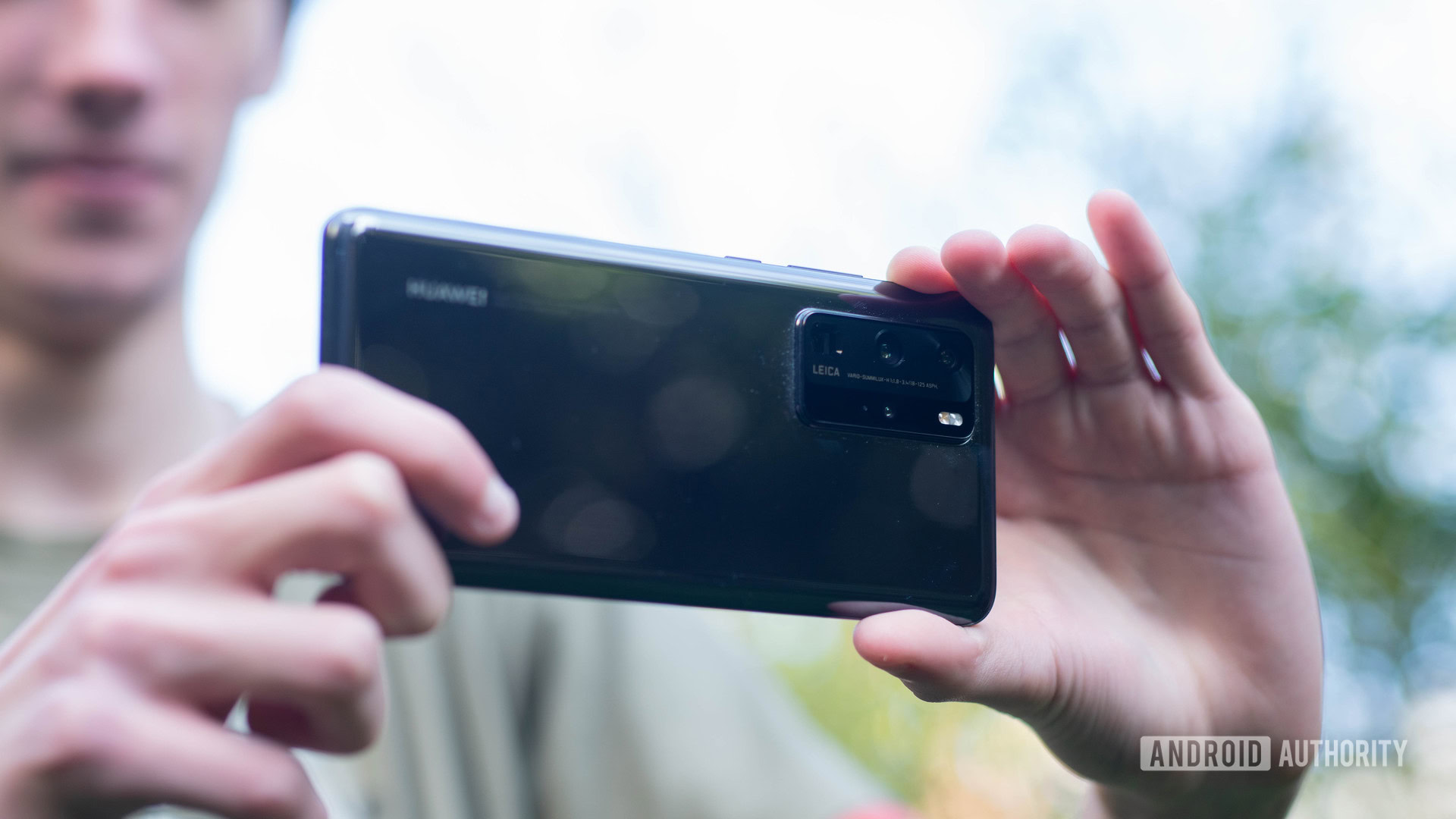
Ultra HD 4K video has been the standard in smartphones for well over five years now. If you don’t have it, you likely have a low-end smartphone. Since you don’t even need more than 10MP to be able to shoot at 4K, 12MP is more than enough to get you going — as long as your SoC and ISP can handle shooting 4K video. This means that whether you want to shoot UHD 4K at 60fps, or 720p video at 960fps, a 10MP sensor will do you just fine.
That said, we’ve had support for 8K video recording since the release of the Snapdragon 865 in early 2020. Still, you’ll need a sensor with a resolution of around 33MP or higher to shoot in 8K. One valid reason to record in 8K is that you can treat it like a burst mode, grabbing high-quality frames from a recorded clip. However, 8K displays aren’t affordable or ubiquitous enough to justify the option solely for video. Space is also a concern with 8K, even with new codecs that shrink file sizes down.
Resolution isn’t the be-all and end-all
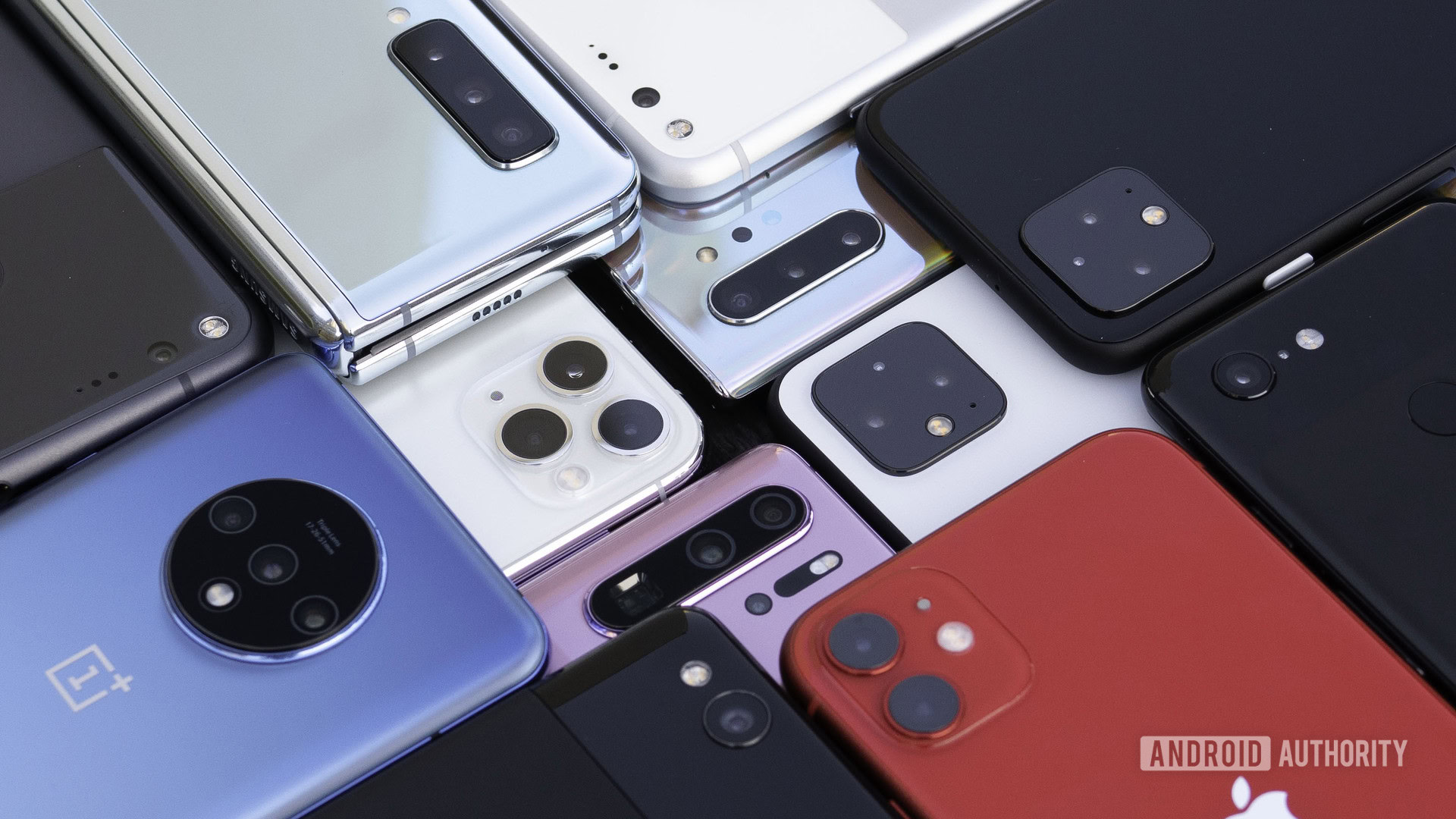
The amount of pixels in your photo isn’t the be-all end-all — other factors come into play. Dynamic range, color accuracy, lens quality, image processing, and user experience are all vital to be able to create great photos. Evidence of this is easy to find in the Pixel 6a and iPhone 12 series.
See also: Why camera sensor size is more important than more megapixels
Comparing a 12MP camera from 2016 to a more modern camera is another great way to illustrate how important other aspects of photography are. Below is a shot comparing the original Pixel against the Pixel 4. They both sport 12MP camera sensors, yet the Pixel 4 captures much more color information and offers dynamic range. This is less due to newer hardware, and mostly because of a leap forward in software processing on Google’s front, with HDR+ technology doing the majority of the heavy lifting.
Where Google’s Pixel phones rely on the search giant’s software to achieve the best results possible, many OEMs rely on a technique called pixel binning. The net result of this technique is that it brings the effective pixel count down by four times (or by nine times with some 108MP cameras). This means that a 40MP sensor is going to produce a 10MP image. So even though your phone may have 48MP stamped on the back of it, you’re only really getting 12MP photos when you press the shutter button.
With pixel binning, you're getting one-quarter final image resolution
OEMs use pixel binning techniques to increase light gathering capabilities by merging data from four smaller photosites together. When you want a high-resolution image, you simply switch to the native resolution mode but sacrifice low-light performance and dynamic range. The effects of pixel binning — higher dynamic range, more color information, better low-light performance — can be had with natively larger photosites seen on most 12MP cameras.
Granted, you’d lose the option to capture more detail with a 12MP camera, but in return, you’d get a lower cost and potentially brighter images from the get-go. Of course, this depends on the individual manufacturer and model of the phone due to different processing techniques.
Software and processing are more important
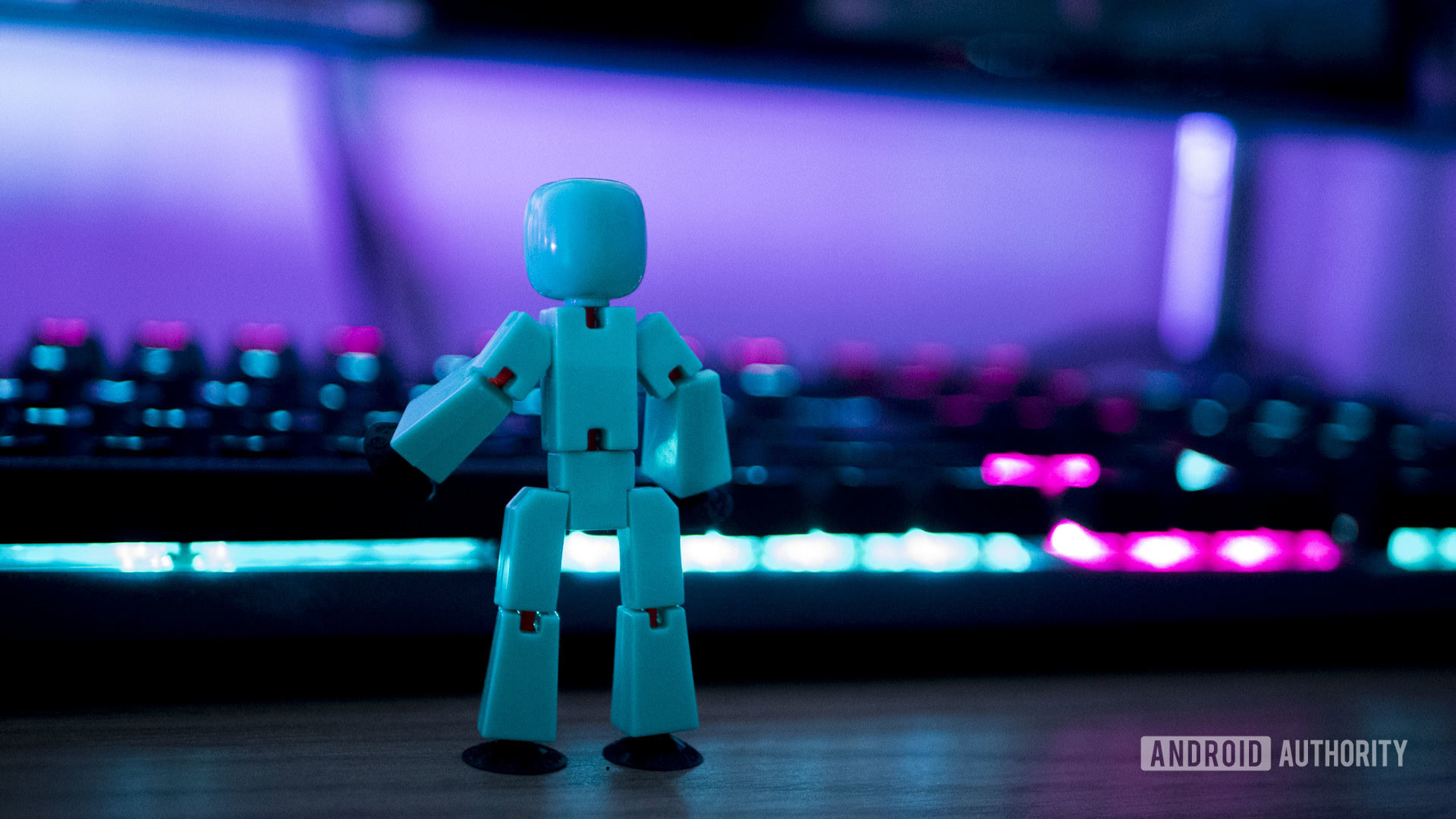
“AI camera” is a term thrown around by a lot of companies. Whether we’re talking about software from Google, Xiaomi, Apple, Samsung, or any other manufacturer, image processing plays a massive part in the final image.
Image processing plays an important role in image quality, often more so than hardware specs.
Below is an example of a photo taken with the stock camera app on the OnePlus 7 Pro compared with one taken on the same phone using an unofficial Google Camera app. You can see how different the colors, sharpness, and dynamic range are. Google’s version of this image has so much more dynamic range which is most evident in the left half. The colors are also far more representative of real life in the Google Camera photo. OnePlus’ version features more contrast and saturation but ultimately lacks the clarity of the Google Camera picture.
Read more: What is dynamic range in photography?
Low light and pixel size
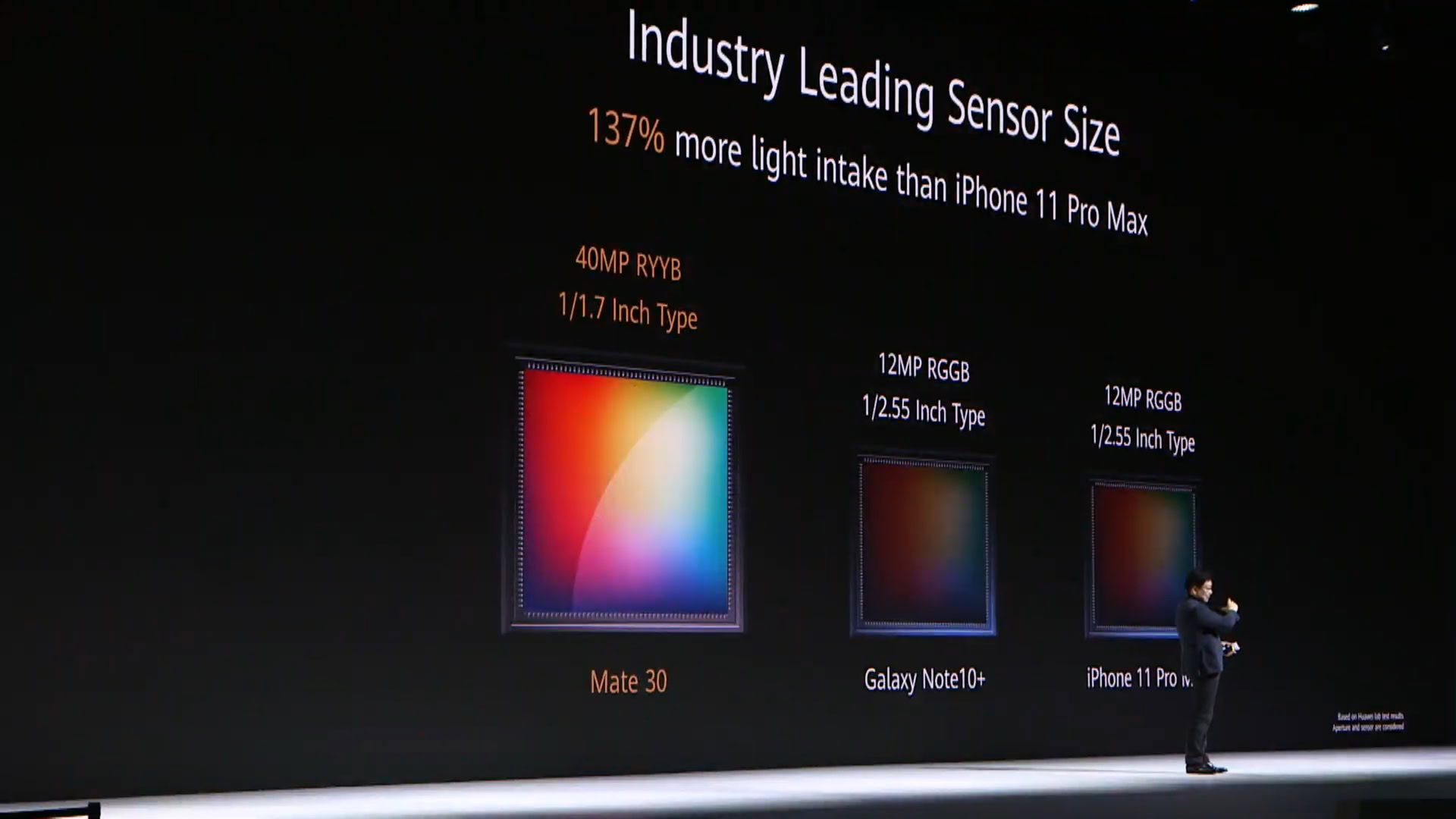
As we mentioned before, 12MP cameras usually allow for larger individual pixels than super high-resolution sensors. The larger the pixel size, the more light each pixel can capture. A 12MP half-inch sensor would produce far cleaner low-light shots than a 48MP half-inch sensor, given that every other variable is equal. Here’s an example of Auto Mode vs. 48MP mode on the Xiaomi Mi 9. The results are staggering! Just look at how much color information is lost when switching to 48MP mode, and the dynamic range falls through the floor.
Pixel size, and therefore sensor size, is very important. It’s why we’ve seen phones like the Xiaomi 12S Ultra use huge sensors compared to Google and Apple. It makes so much difference, especially in a small form factor such as a smartphone. Night Modes have been introduced to try and make up for the lack of sensor size, by taking multiple exposures and merging them together. These have helped low light images dramatically, but they aren’t necessarily a direct replacement for a large camera sensor.
12MP is enough, for now
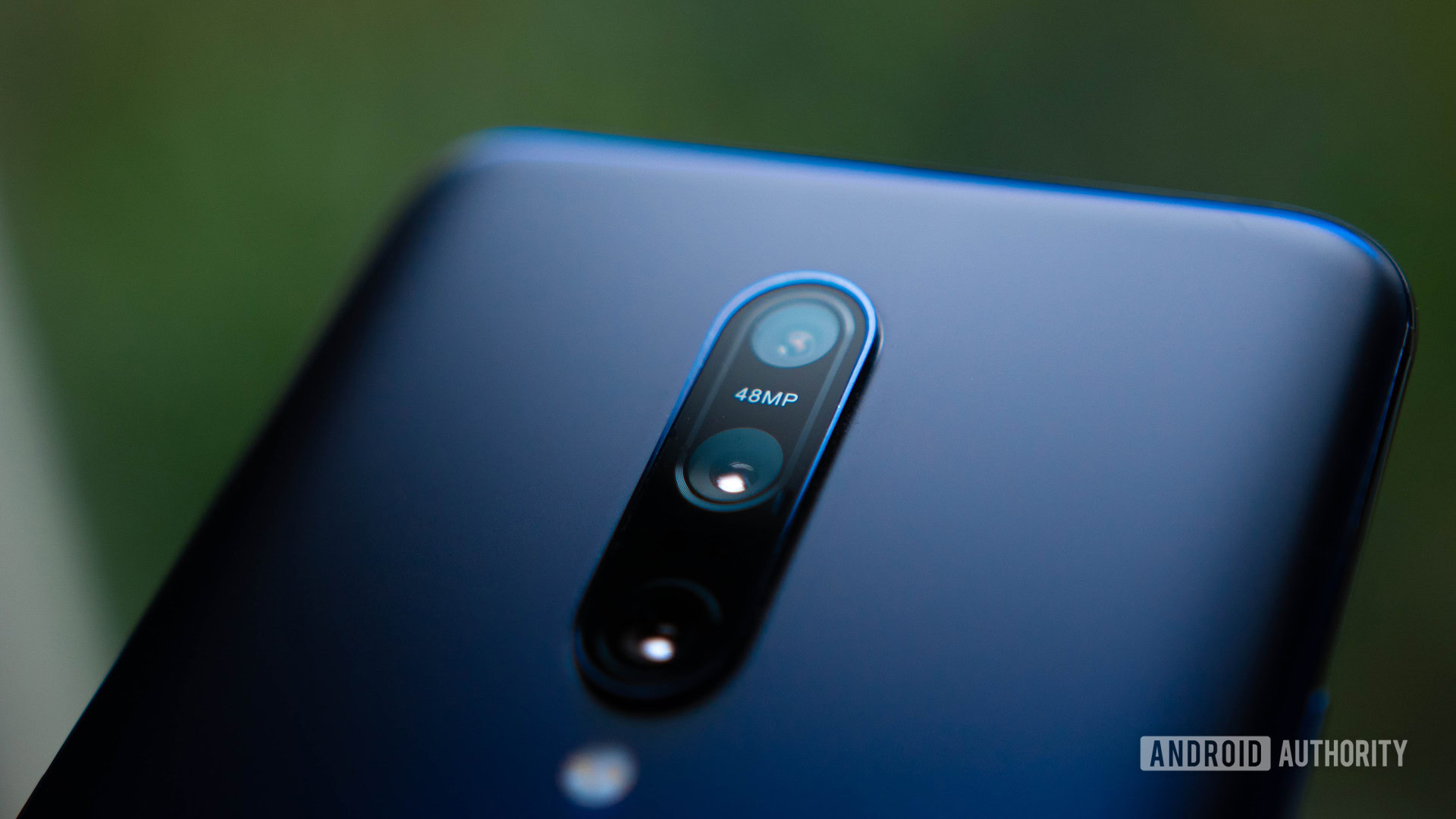
Given hardware limitations such as processing power, storage space, and lens quality, there really isn’t a need to push for higher-resolution sensors right now. Larger sensors with larger pixels provide a much more noticeable improvement to image quality than pure pixel count, while a wider focus on optics and software has already enabled growth in the smartphone camera industry.
Telephoto tales: The Pixel 6 Pro is now my real-time magnifier for the world
When higher resolution video, more powerful processors, and faster storage are all standard, we’ll start to see the need for 40MP or above. Until then, however, a 12MP camera will do me just fine.
You know what else makes a great image? Knowing how to shoot an aesthetically pleasing one! Photography is a complex art, so we have put together a series of tutorials and learning material for you to learn more!
We also have plenty of recommendations for those looking to get new camera equipment!